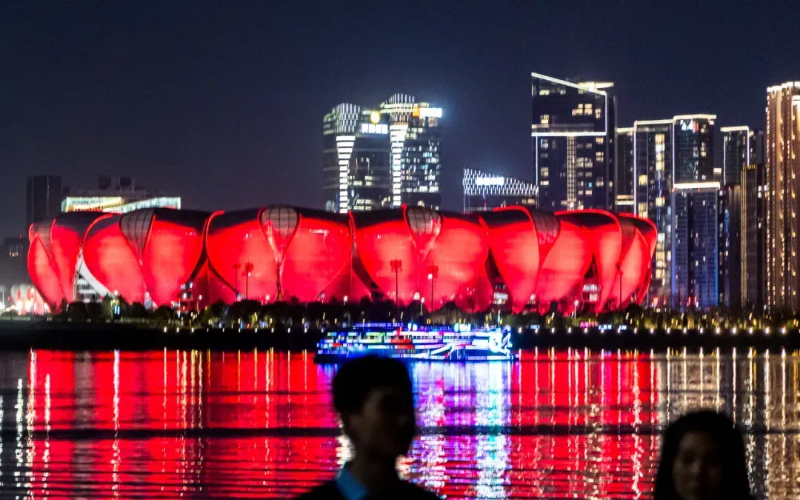The designer behind the largest Asian Games venue in downtown Hangzhou

US architect Winka Dubbeldam. [Photo/hangzhou2022.cn]
In a recent interview with the University of Pennsylvania, Dubbeldam spoke about how she incorporated sustainable elements into the park, which is the largest project undertaken by her firm.
Dubbeldam, who is also the Chair of Architecture at the University of Pennsylvania, noted that this is the first time her firm has designed such a gigantic eco sports park in such a short time.
"As we were required to design the buildings for continuous use, we didn't take the regular route of having the stadia cluster on the middle road. Instead, we separating them into two halves and connected them with a valley village and a shopping mall," she said.
"We also restored the wetlands and used natural cooling systems for buildings. To save energy, we only cooled the seats instead of the entire stadium.”
She also highlighted that the park is the first project in China that was built using 3D Building Information Modeling.
"We were all in the same model, the architects, engineers, contractors, landscapers, and subcontractors. That was really exciting. We could literally adjust a little duct somewhere—just push it over a little bit—and then send a 3D model back and highlight it," she said.
"This collaborative, virtual and dynamic mode of working will be more common in the post-COVID era," she added.





 play
play